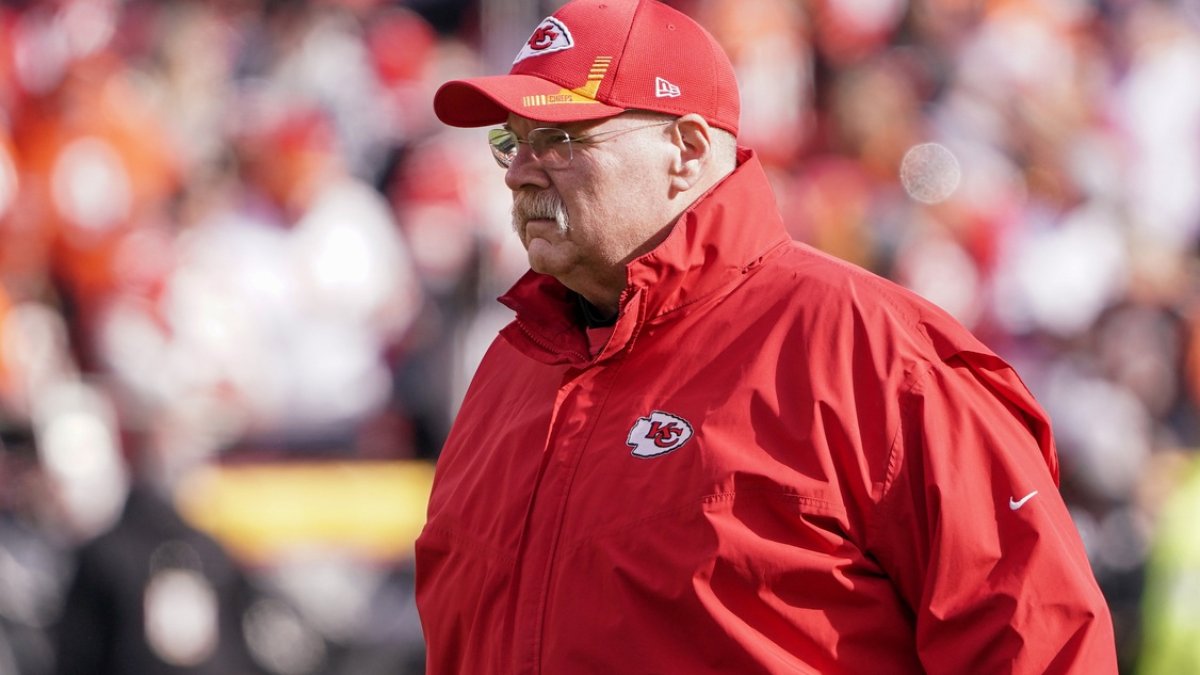It’s that time again. We’re ranking NFL coaches and play callers. While many people view PFF as a monolith, it is far from that — as two separate methods for ranking head coaches in the past year by two different PFF interns produced directionally similar but different rankings. Models are about what goes into them, and today when we rank offensive play callers, it’s important to know the methodology behind the list.
In rating offensive play callers here, we use PFF grades — adjusted for opponent and scaled for age (most recent games get the highest scale — and, probably most importantly, we take into account expected points added and success rate going into the games and plays of interest, which also controls for situation.
A team with a really good quarterback, offensive line and wide receivers should have high expected points added (EPA) and success rate figures going into a play, and therefore a coach needs to consistently outpace those expectations to have a high play-caller rating. Opponent-level factors are also built into the expectations to account for easier or more difficult schedules.
Since the metric is EPA- and success rate-based, even if a play caller does better relative to their peers on inefficient plays — e.g., running plays — they will be dinged in this metric, as they forgo the chance to do something more efficient (such as throw the ball) in an effort to be amazing at something less valuable. This is what left Kyle Shanahan and Sean McVay off of last year's list. Anyone who watched the final two games of the 2021 NFL season can see that, while the two men are brilliant, their offenses leave a lot on the table by running the ball too much, not to mention their fourth-down decisions.
I have supplemented this metric with some of the things I’ve learned through studying the effects of offense on linebackers, which was published at the Sloan Sports Analytics Conference here. Thus, while this list is largely based on the metric that goes into our betting models, it is not completely so, since we’re constantly learning new things about what wins in an ever-changing NFL.
1. Andy Reid, Kansas City Chiefs
In an interesting, if often talked about, development, Andy Reid has become a better offensive play caller at maximizing success rate rather than EPA. With as many two-high looks as the Chiefs have garnered, they have had to change course on offense. One such example is wide receiver Tyreek Hill’s average depth of target dropping roughly 2.5 yards from 2020 to 2021. The final half of the 2021 AFC championship game notwithstanding, the Chiefs' offense has still managed to be one of the league’s best, but it will have to adjust again in 2022 after the team traded Hill to the Miami Dolphins this offseason.
2. Kellen Moore, Dallas Cowboys
This might be a head-scratcher for some, but Moore was terrific in 2021. The Cowboys managed to rank third in yards per play and first in points scored despite dealing with injuries to the offensive line, the continued fall-off of running back Ezekiel Elliott, a season-ending injury to wideout Michael Gallup and a significant decline from quarterback Dak Prescott post-calf injury. Not to mention, Moore helped backup signal-caller Cooper Rush win a primetime game in Minnesota. It was a pretty impressive season for the former Boise State quarterback.
3. Byron Leftwich, Tampa Bay Buccaneers
Leftwich, who did not get a head coaching job in the offseason, had another good year in 2021, leading Tampa Bay to the league’s second-most points and the league’s highest yards per play mark on offense, much of which came without wideouts Chris Godwin and Antonio Brown, among others. Most people will — and probably rightfully so — give a significant portion of that credit to quarterback Tom Brady, but Brady has had to learn a new offense in Tampa Bay, and Leftwich is a big reason why that transition has flourished.
4. Kyle Shanahan, San Francisco 49ers
Shanahan makes the list this year for a few reasons. It will come up in the McVay section, but linebackers simply do not move against Shanahan's offense — they don’t flow in the run game, and they don’t bite on play action. With linebackers standing still, quarterbacks of Jimmy Garoppolo‘s caliber can simply “throw what’s called” — be a Ron Burgundy of sorts — and it ends up working out. Last year, Jimmy G posted a 107.4 passer rating when throwing the ball between 10-19 yards downfield, even though PFF charted him as having just two big-time throws and 15 turnover-worthy plays on such passes.
5. Sean McVay, Los Angeles Rams
McVay runs the ball too much on early downs, which almost cost him a Super Bowl, and is dreadful at fourth-down decisions and timeout usage. He’s a dynamite play caller, though, and much like with Shanahan, linebackers simply do not feel comfortable flowing against the Rams' offense, which makes life easier for that unit:
https://twitter.com/PFF_Eric/status/1527650522253115397?s=20&t=ndi92Q6v5qSHMEAv5-aCdQ
6. Matt LaFleur, Green Bay Packers
LaFleur is an interesting one. The Packers were stuck in a quagmire offensively prior to his arrival, and since he showed up, they’ve won 13 games in each regular season and Aaron Rodgers has taken home two MVPs. Rodgers went from throwing away 59 passes in his last year with Mike McCarthy to 26 in 2021, and his time to throw from that span decreased from 2.94 seconds to 2.60, among other evolutions to his game. That points to LaFleur being a force multiplier with the four-time league MVP, which is why he’s on this list.



 © 2025 PFF - all rights reserved.
© 2025 PFF - all rights reserved.